Victory! Canada Passes Historical Measures To Phase Out The Use Of Animals In Cruel Chemical Toxicity Testing
Amendments to the Canadian Environmental Protection Act, which aims to phase out the use of animals for chemical toxicity testing in Canada, has just passed. The measures were included in Bill S-5, which passed the third and final reading in the Senate yesterday and will now receive Royal Assent.
“We are delighted to see the passage of Bill S-5 with provisions to phase out chemical toxicity testing on animals,” Shaarika Sarasija, senior strategist, research and regulatory science for Humane Society International (HSI) /Canada told WAN.
“This move will not just spare tens of thousands of animals, but it will also pave the way for the development, validation, and implementation of more human-relevant non-animal safety assessment methods. HSI/Canada is committed to working with the Canadian government to provide a kinder, safer, and healthier environment for all Canadians,” continued Sarasija.
Conventional toxicity testing involves poisoning rats, mice, rabbits, fish, birds and other animals with chemicals via force-feeding, inhalation, or skin absorption for days, months, or even years without pain relief, to see the extent to which it disrupts normal bodily functions.
According to the Canadian Council on Animal Care, half of the more than 150,000 animals used for regulatory testing in Canada in 2021 experienced anywhere from “moderate to severe distress” to “severe pain near, or beyond the pain tolerance threshold.” Many of these tests were developed decades ago and represent outdated science that provides incomplete or inconclusive data at best, while inflicting needless animal suffering.
Yesterday’s toolbox of non-animal methods includes an array of sophisticated molecular biology tests that are more time and cost efficient and relevant to humans. The amendments in Bill S-5 promote their use, paving the way to reduce and ultimately eliminate animal suffering in chemical toxicity testing through technological progress.
The new measures include:
-
Requiring new testing methods that do not use animals.
-
Encouraging the timely development and implementation of alternative methods to animal testing.
-
Requiring the government to publish a plan, within two years, detailing steps to achieve these goals.
HSI/Canada is committed to working alongside the Government of Canada and other stakeholders to ensure that all use of animals in toxicity testing—including for pesticides, food, and other regulated products—is ultimately relegated to the history books.
Furthermore, HSI/Canada will work with these stakeholders to ensure that faster, more effective and relevant new approach methods that do not involve animals are developed and implemented within the Liberal government’s stated timeline of ending all toxicity animal testing by 2035.


